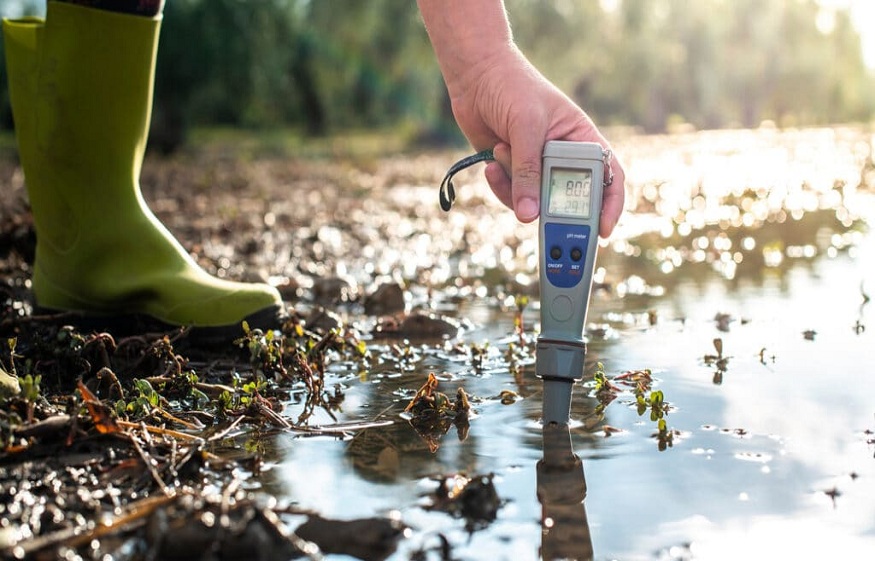Water monitoring and soil testing are crucial components of environmental management. If done properly, they can provide essential information on the quality as well as the health of natural resources.
Because of the important roles that they play, they are widely performed in the following sectors: construction, agriculture, public health, and environmental protection, among
others. This is to ensure that ecosystems remain safe, sustainable, and so on. Read on and find out what water quality testing and soil testing is all about.
Importance of water monitoring and soil testing
- Water monitoring
Water monitoring is vital when it comes to detecting pollutants and, at the same time, assessing the overall health of water systems. In one way or another, it
supports the management of water resources. How? By offering insights into a vital resource, revealing potential contaminants, nutrient deficiencies, and other issues that may have a detrimental impact on people’s health and food security.
- Soil testing
Soil testing is as important as water monitoring. If done properly, it can provide data regarding soil composition, contaminants, and nutrient levels. The aforementioned information is crucial with regard to sustainable agriculture. That is because they
can guide farmers when it comes to optimizing fertilizer use, boosting soil health, and, therefore, drastically increasing crop yields.
For the said reasons, on top of soil testing, heavy metals testing and VOC testing are also performed. Simply put, when it comes to environmental and construction
remediation, the said testing procedure can assess the suitability of sites that are primed for development and require soil clean-up or restoration.
Methodologies of water monitoring and soil testing
In general, the methodologies for water monitoring as well as soil testing vary and are based on a wide array of factors. The long list includes the parameters of interest,
objectives of the assessment, specific attributes of the site being tested, and the like.
- Water Monitoring Techniques
Water quality monitoring typically includes the collection of water samples that are going to be used for laboratory analysis. There are certain parameters that are used in the measurement process: pH levels, dissolved oxygen, turbidity, contaminant
levels (heavy metals, pesticides, pathogens, etc.
Measurement has become more accurate and faster because technological advancements paved the way for sensing devices and automated monitoring stations, which are known to provide real-time and foolproof data on water quality.
- Soil testing techniques
Soil testing includes collecting soil samples on different depths as well as locations within a particular site. They are analyzed for nutrient content (phosphorous,
nitrogen, potassium), pH levels, organic matter content, heavy metals, hydrocarbons, and others. Advanced techniques such as geophysical methods and remote sensing, are also used to analyze certain characteristics over huge areas.
The future of water monitoring and soil testing
With technological advancements developing at a fast pace, it can be said that the future of water monitoring as well as soil testing is promising, to say the least. Here are some
potential trends that may shape the future of the said testing procedures.
- More cutting-edge technologies
Emerging technologies that include, but are not limited to satellites, drones, Internet of Things (Iot) sensors, and so forth offer more vast possibilities for more
comprehensive, efficient, and cost-efficient testing and monitoring. These
technologies, if used properly, can provide real-time data accumulation over huge areas. All, without compromising accuracy.
- Data analytics and machine learning
Enhancements in data analytics as well as machine learning are enhancing the
capacity to measure, and, therefore, interpret considerable amounts of data. This can pave the way for more detailed and foolproof predictions of ecosystem trends.
Consequently, this can lead to the development of more effective and efficient strategies for the management of water resources and soil health.
Summing up
By proactively performing water monitoring and soil testing, interested parties can be
informed stewards of the home environment and, therefore, do their part when it comes to supporting ecological health. Simply put, the said procedures are crucial when it comes to ensuring the sustainability of the earth’s natural resources.

